In a recent interview with Los Angeles Daily News, SJSU environmental studies professor Dustin Mulvaney outlined some of the consequences of California’s increasing reliance on solar power to generate electricity.
The way solar infrastructure is scaled up could present increased environmental problems as millions of Californians continue to increasingly rely on solar consumption for their energy needs.
Collateral Damage
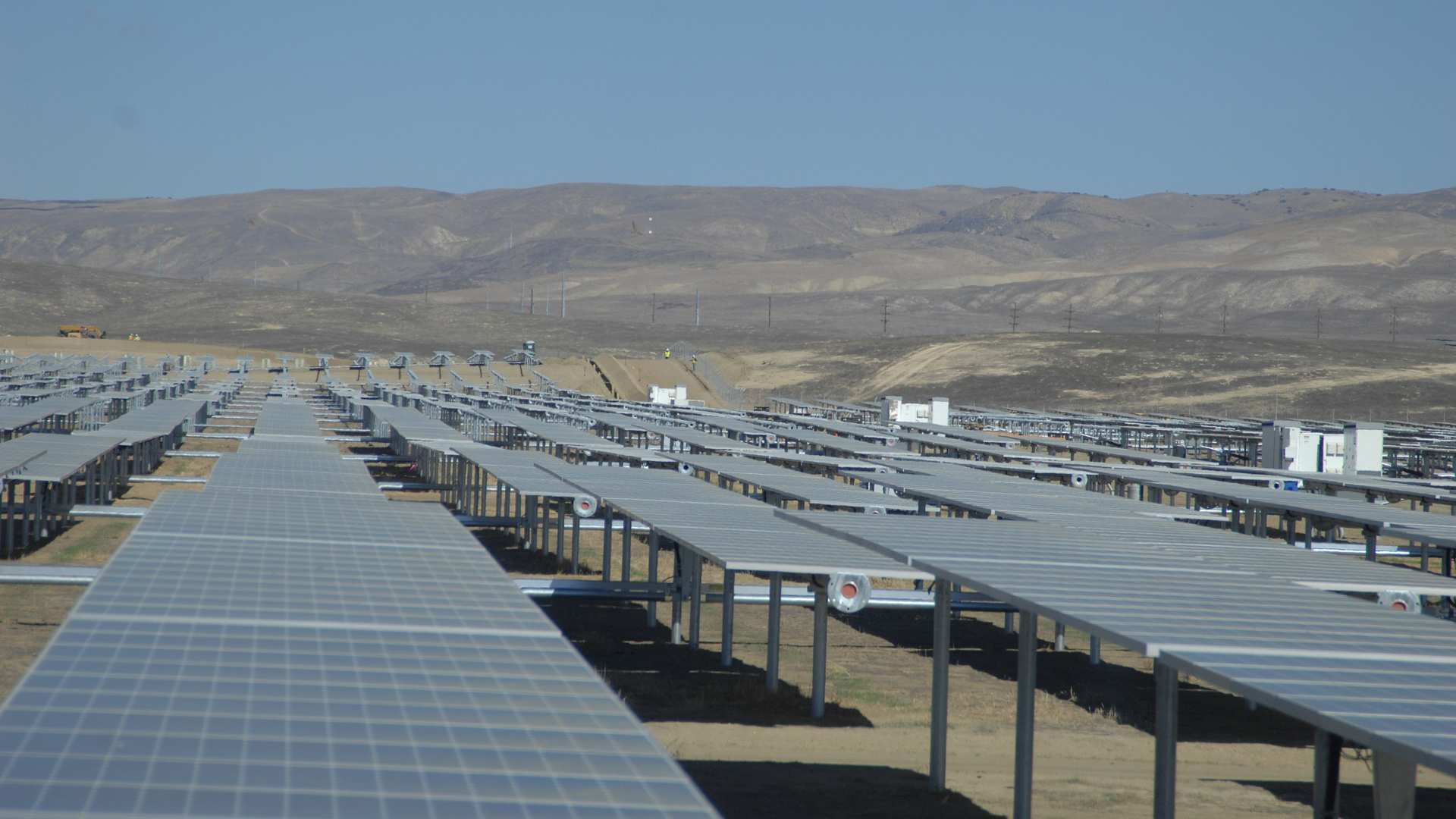
According to Mulvaney, solar infrastructure is not always built in the right places and can have the accidental effect of killing plants and animals.
In California, Mulvaney asserts that the state has mostly done a good job protecting its natural areas. However, in Nevada, where much of the solar infrastructure will benefit California, natural areas are hit hard.
Endangered Tortoise
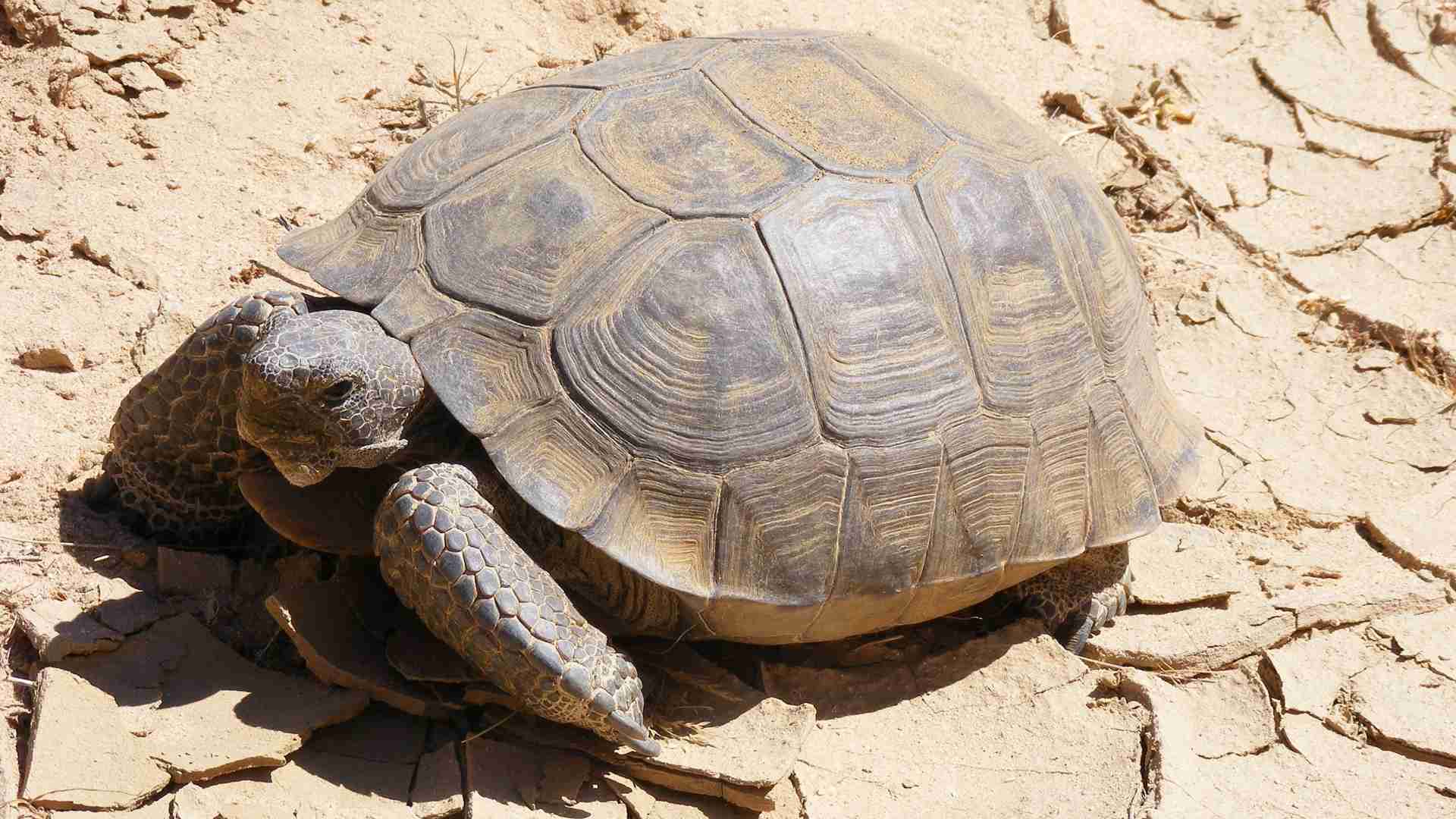
One example of an animal affected by the solar industry is the tortoise. In Nevada, more than 18,000 acres of tortoise habitat have been replaced by utility-scale solar farms around the Mojave desert.
The desert tortoise was just recently added to the endangered species list by the California Department of Fish and Game.
Wildlife Struggles

When asked about what will be lost when putting solar farms in the wilderness, Mulvaney was ready with a list of examples.
“All sorts of species, old-growth barrel cactus, desert tortoise, kit fox…Bighorn sheep and pronghorn antelope are impacted by solar farms because their habitat gets fragmented by them. Their populations get more isolated, they have inbreeding,” said Mulvaney.
Solar Controversy
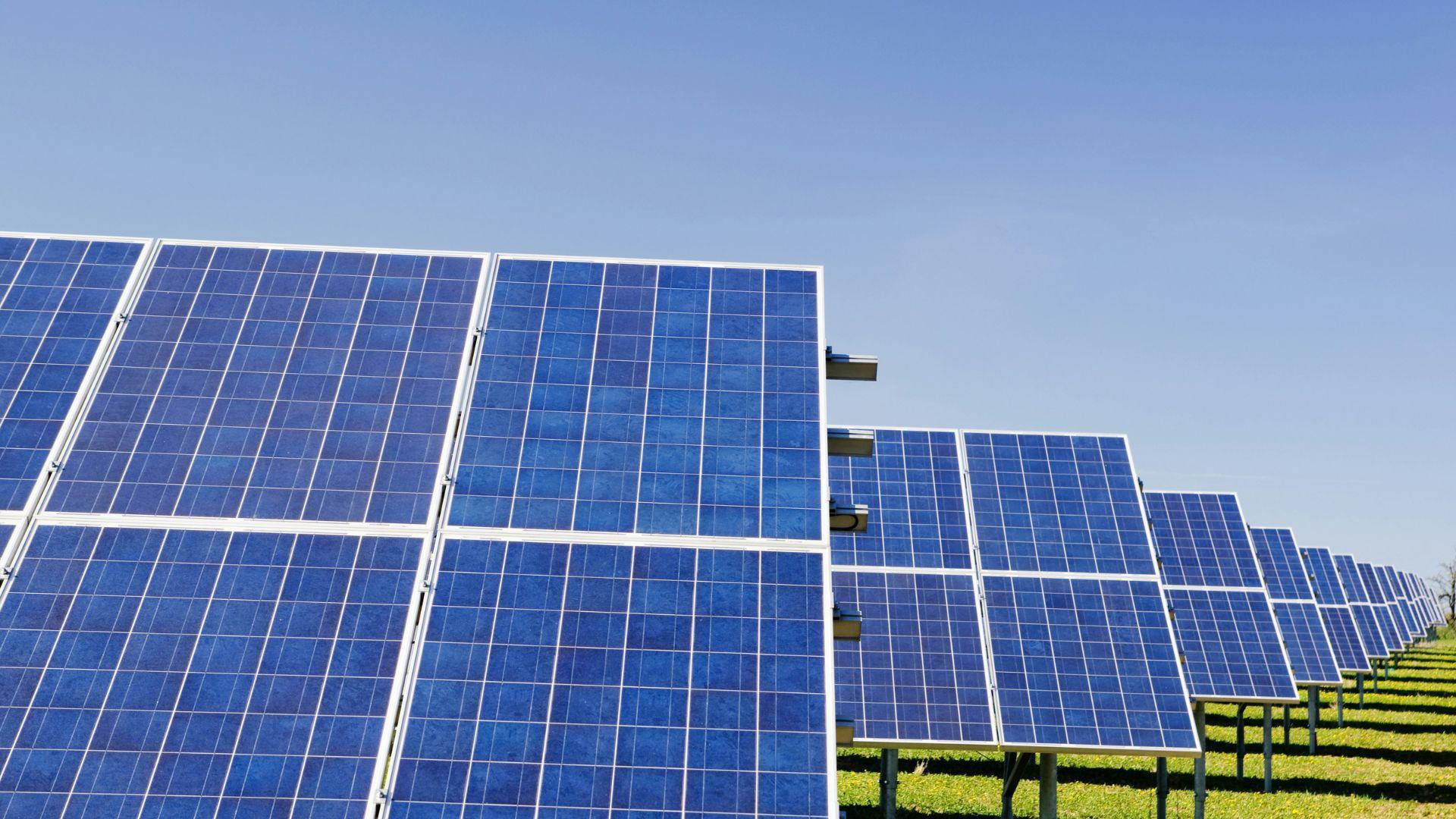
In a response, Mulvaney highlighted an issue where solar facilities are built in places where they shouldn’t be.
“Most big solar farms are not controversial. They get controversial when they go onto landscapes that are of significance, either ecological significance or cultural significance — sometimes there are important cultural resources for tribes,” said Mulvaney.
A Need For Utility Scale
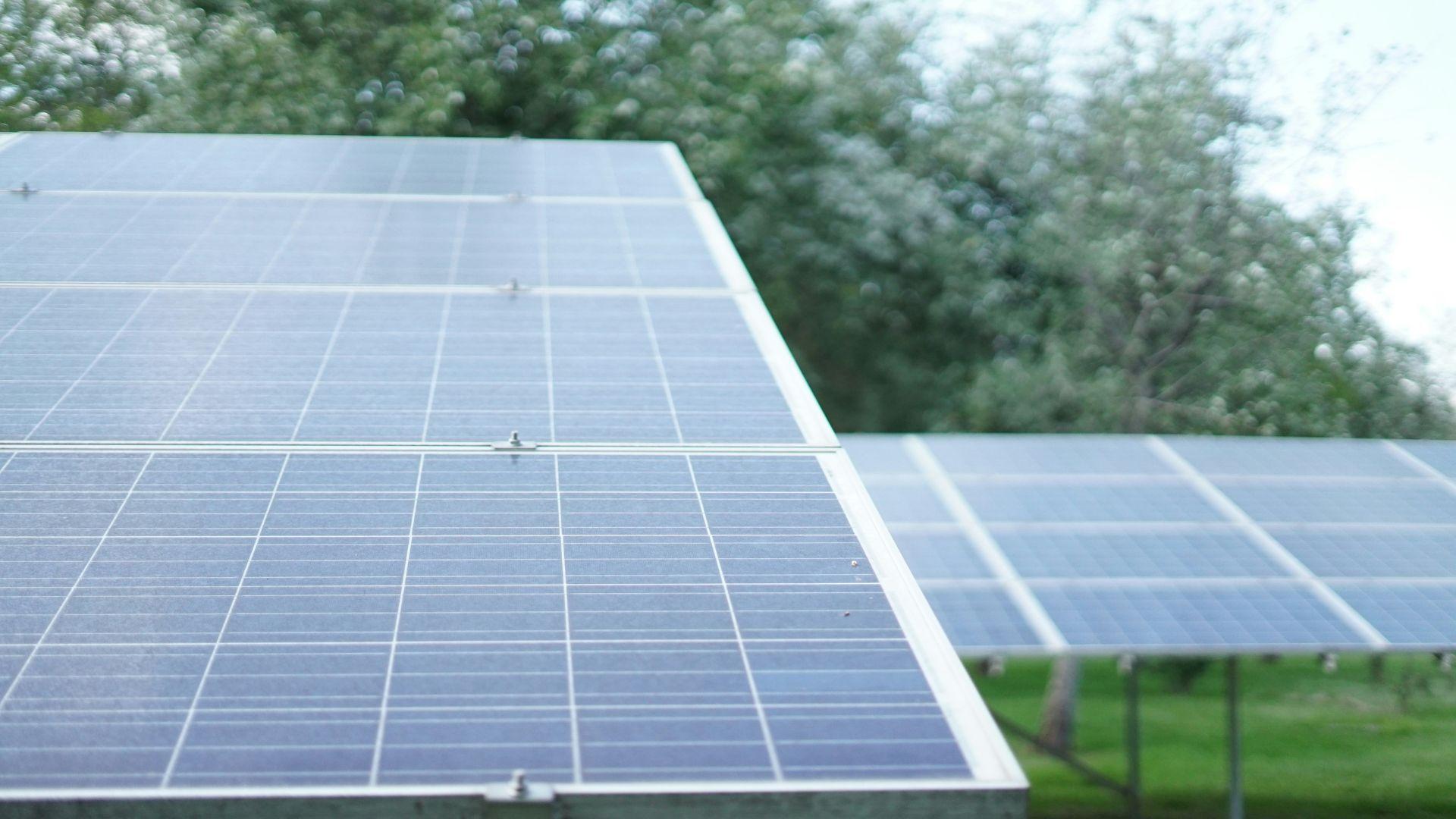
The interviewer brought up the question of rooftop solar, which would not require as much land to become unusable, but Mulvaney said the need for utility-scale is still there.
“We should have more rooftop, but we’re going to need more utility scale based on the way our grid is built,” Mulvaney said. Utility-scale offers higher levels of efficiency, which is more economical when trying to support the needs of a large population.
Do We Actually Need Big Solar Farms?
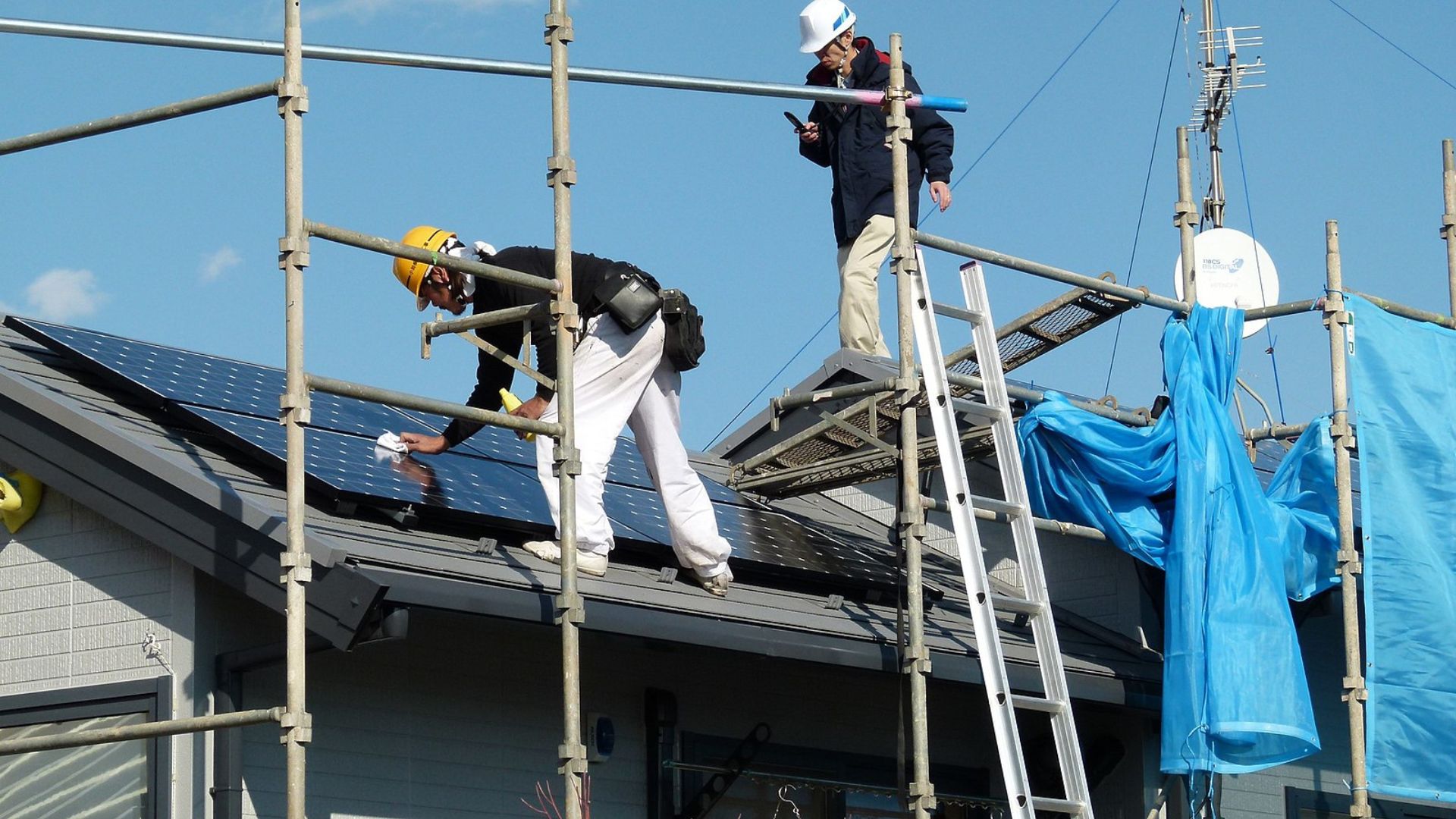
Mulvaney was asked a practical question about whether these huge solar farms with environmental consequences are actually necessary. In his response, Mulvaney outlined some practical concerns with a fully rooftop system.
“There’s nothing theoretically prohibiting rooftop solar and batteries from powering a community. Do you have enough sun? We get those back to back to back to back cyclones in the winter. Sometimes the cloud cover’s all the way across the Central Valley. Do you have enough batteries? The battery storage probably makes that prohibitively expensive at this stage. It would require rethinking how we move power around,” said Mulvaney.
Transmission Lines
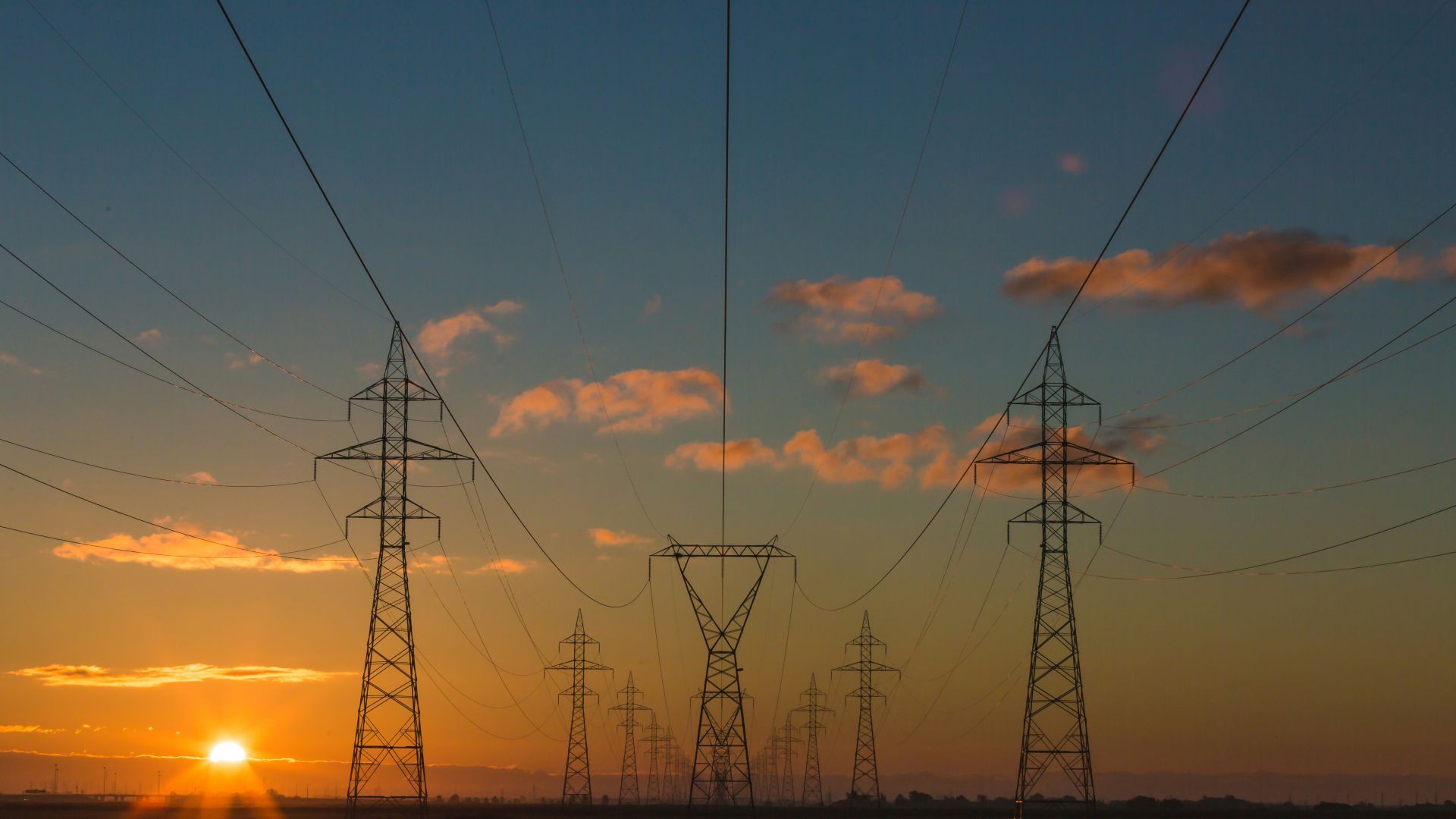
During the interview, an important consideration was brought up for solar developments: transmission lines.
“Transmission lines are why we see projects where they are. Back in the ’60s we built transmission lines to connect to coal-fired power plants in the western United States. As those coal-fired power plants are turning off, those transmission lines suddenly have power availability,” Mulvaney explained.
Greenlink Line
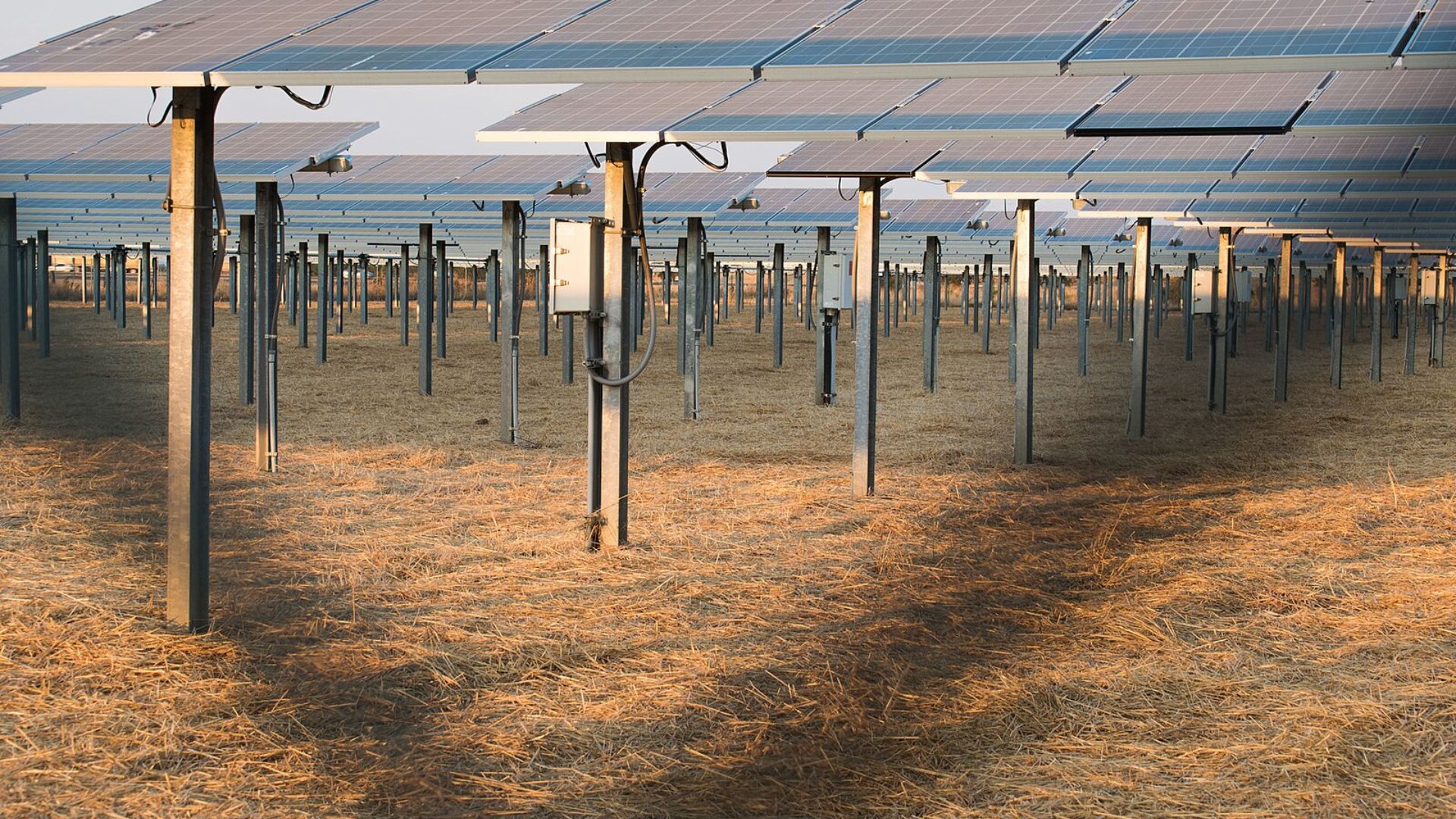
Unfortunately, the plan for a new “Greenlink transmission line” for solar power is going to connect Las Vegas, Nevada and Reno, California by going straight through a “Native American site and through a bunch of sensitive ecosystems.”
Mulvaney says that Nevada has fewer ways to protect public lands from these solar development projects.
Is Solar Development Needed In the Wilderness?
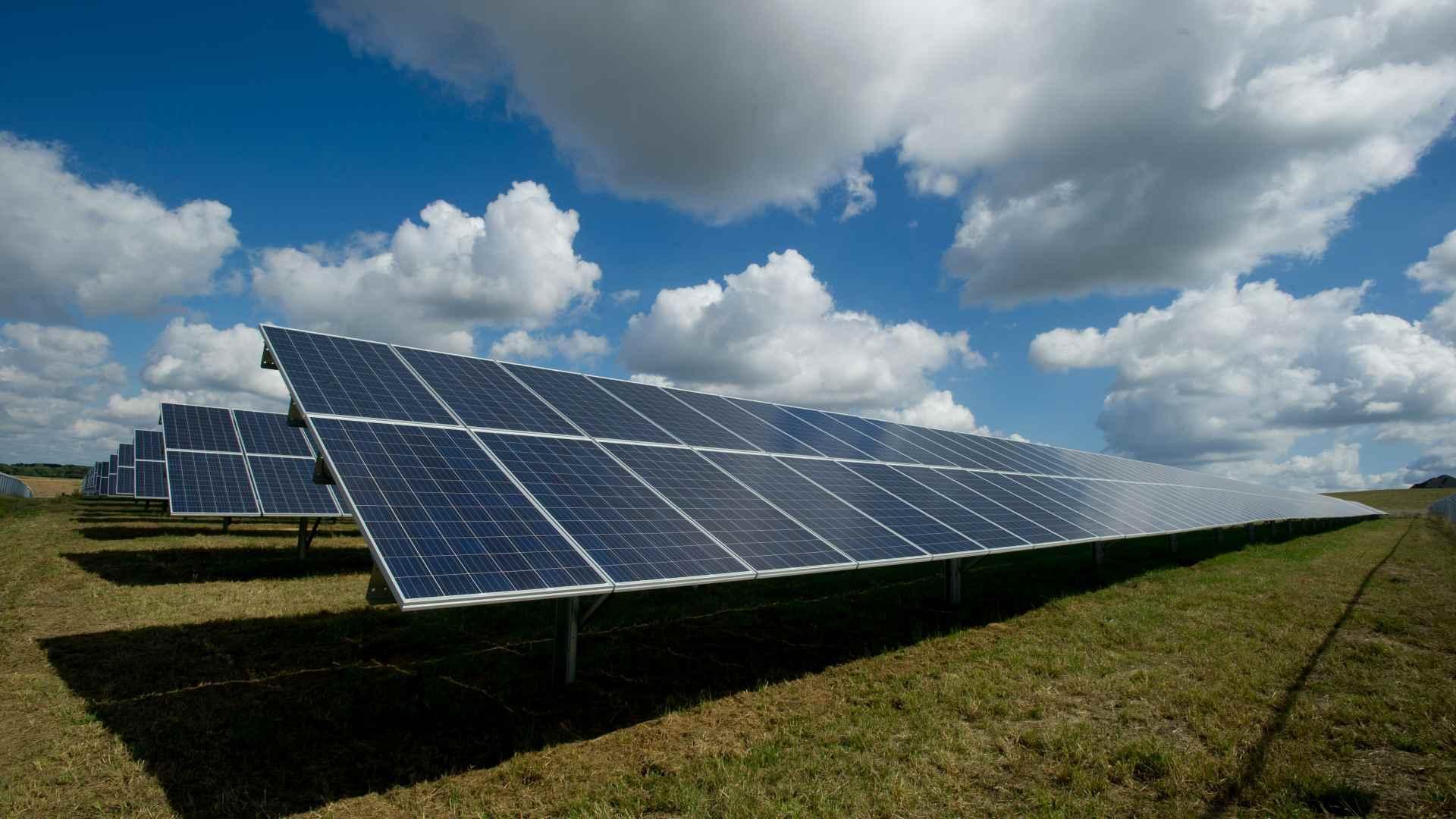
The interviewer asked if it was possible to meet California’s energy needs without forcing solar projects on undisturbed wilderness areas.
In his answer, Mulvaney referenced a study, saying “There’s a great study. You can avoid important lands to conservation and it would only increase the cost of power by 3%, based on their estimates.
Solvable Problem
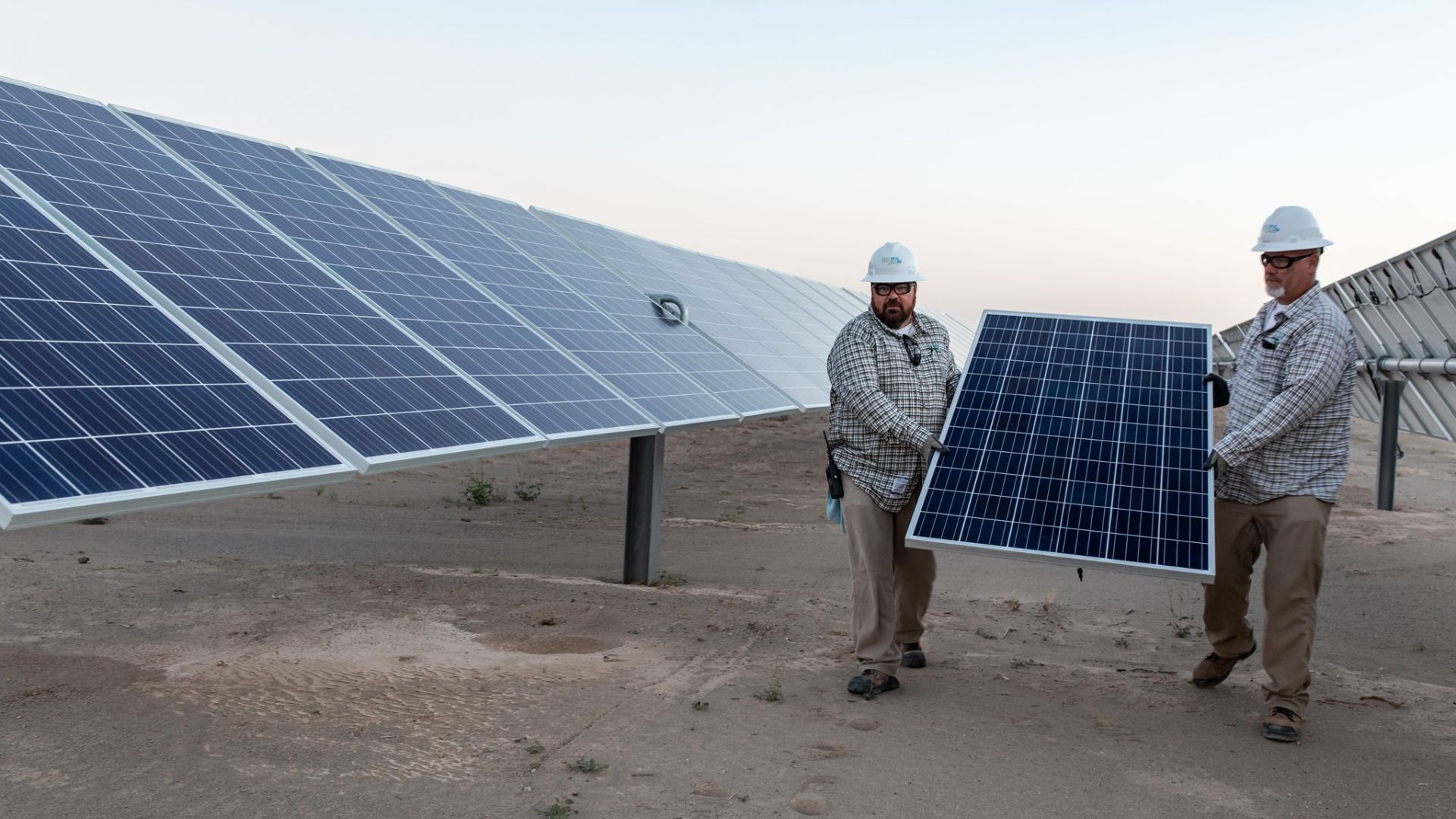
Mulvaney asserts in the interview that disputes about solar power are a “very solvable problem.” In his view, once the technology is there to make solar projects more multi-functional these problems wouldn’t be as much of a concern.
For example, there could be a solar project that produces solar energy and grows food in the same space.
Climate Change Versus the Environment
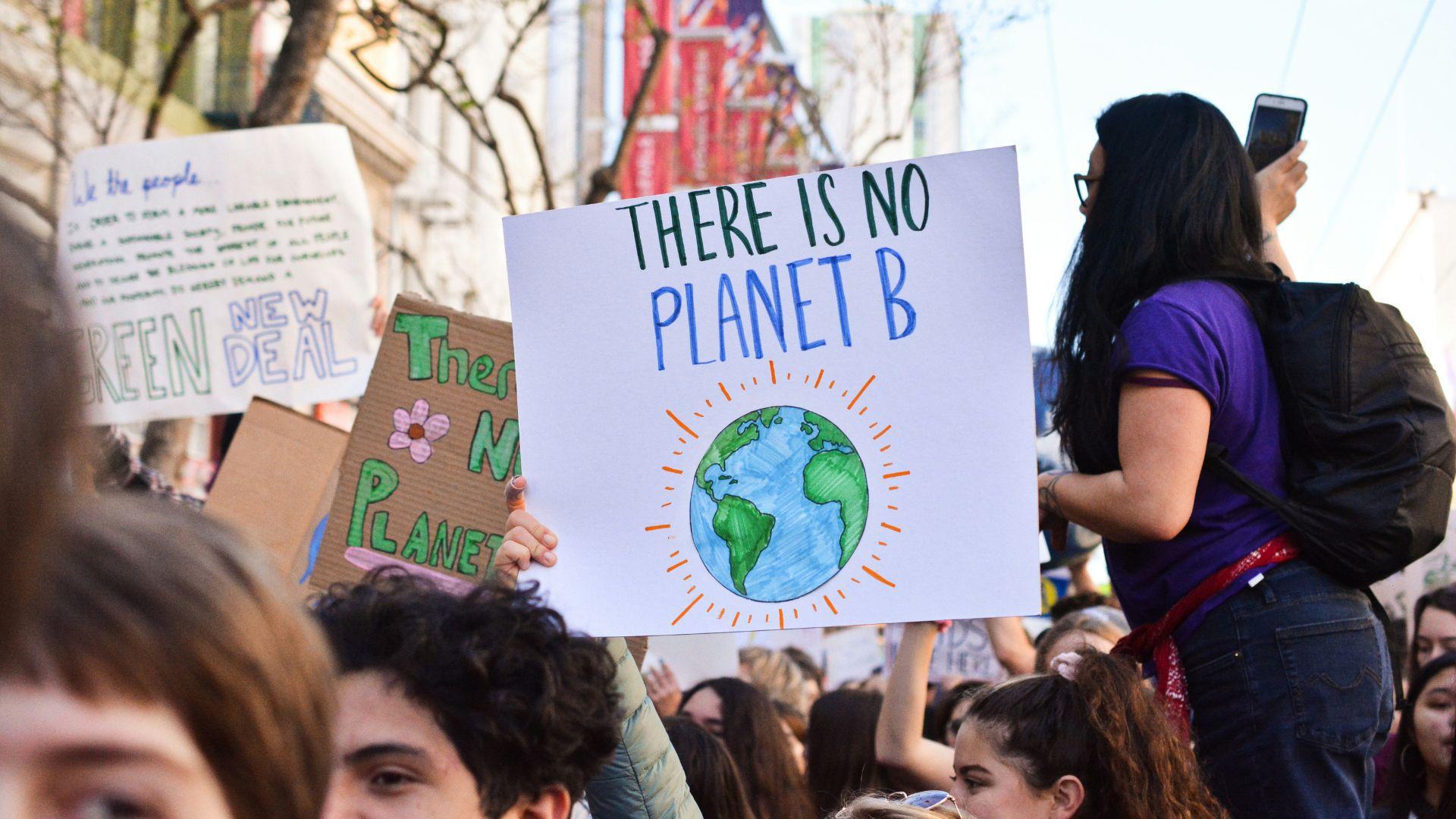
Solar energy is one of the technologies that is held up as a way to fight climate change and save the environment. It seems paradoxical that not much thought is given to how it affects the environment around it.
“Now we’re thinking about climate change, so we don’t think about land. We need to be really thinking about holistic solutions,” said Mulvaney.
